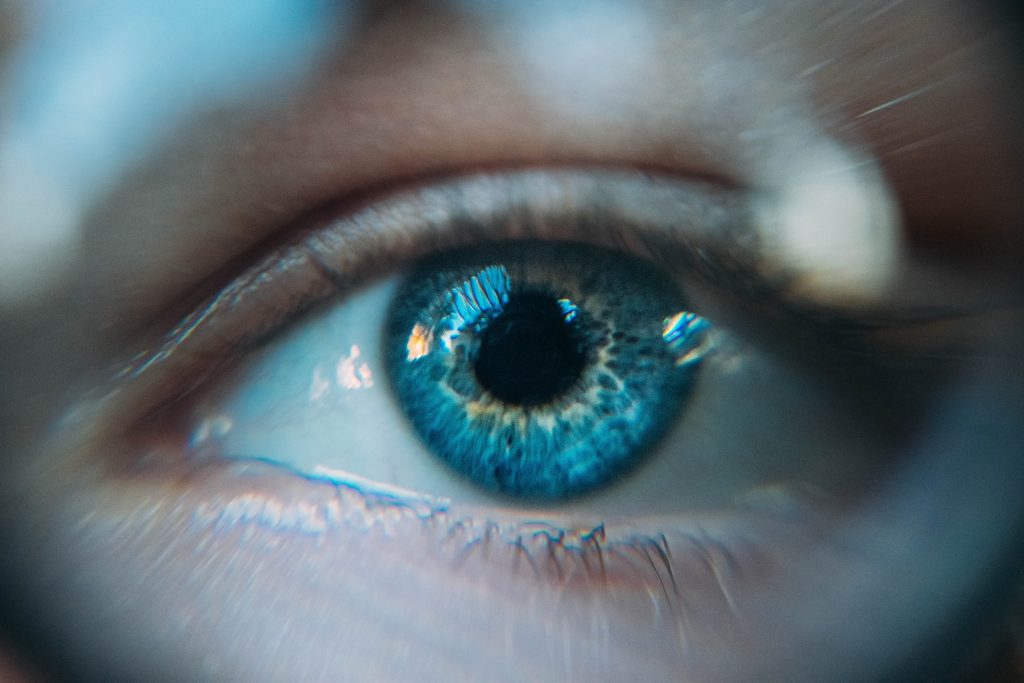
After the manufacturer of a bionic eye ended support, hundreds of recipients of the vision-improving implants have been left without support – “literally in the dark”, as one of them put it.
IEEE Spectrum, which first broke the story, reported that Second Sight discontinued its retinal implants in 2019. The retinal implants serve as the source of artificial vision for the users.
The publication wrote that the firm’s focus is currently on developing a brain implant known as the Orion, which also provides artificial vision. However, it only offers very limited support to the 350 or so who have the now-obsolete Argus II implants.
The system consists of a camera mounted on glasses worn by the user, which transmits video to a video processing unit (VPU), which then encodes the images into arrays of black and white pixels. The VPU then relays the pixel to an electrode array behind the retina, which creates flashes of light corresponding to the white pixels. The technology has had a long and costly road from experiment to product, starting with a lab experiment in the 1990s where stimulation of a single electrode in the retina was discovered to create a visible flash of light perceived by a blind patient. It is hugely expensive, with an estimated cost of $150,000 (R2.25 million) even before the surgery and post-surgery training.
Implantation surgery typically takes a few hours, followed by training to help users interpret the new optical input from their implants. It is not a replacement for sight; rather it is more like a new sense. Users of the system see fleeting changes of grey which some can then use to assist with basic locomotion. However, the technology is still crude and not all benefit to the same degree. While some can make out the stripes on a pedestrian crossing, others never achieve that level of ability.
The technology also comes with some risk. In the postapproval period, 17% experienced adverse events, though this was an improvement over the 40% in the preapproval period. Since the implant can interfere with MRI scans, some have had to consider removal.
IEEE Spectrum contacted a number of patients, who voiced concern over their future. One patient, Ross Doer, said he was delighted when Second Sight told him in 2020 he was eligible for software upgrades. Yet, he heard troubling rumours. When he called his Second Sight vision-rehab therapist, “She said, ‘Well, funny you should call. We all just got laid off,’ ” he recalled. “She said, ‘By the way, you’re not getting your upgrades.’ ”
“Those of us with this implant are figuratively and literally in the dark,” he said.
Second Sight, when contacted by the publication, said that it had to reduce its workforce because of financial difficulties, and though it attempted to provide “virtual support” was unable to assist with repairs or replacements.
Benjamin Spencer, one of the six patients to receive the new Orion implant, said that it was “amazing” and he was able to see his wife for the first time. But knowing what he does now about Second Sight makes him apprehensive, and plans to have his implant removed at the end of the study period.
Speaking to the BBC, Elizabeth M. Renieris, professor of technology ethics at the University of Notre Dame, in the US, described the development as a cautionary tale.
“This is a prime example of our increasing vulnerability in the face of high-tech, smart and connected devices which are proliferating in the healthcare and biomedical sectors,” she said.
“These are not like off-the-shelf products or services that we can actually own or control. Instead we are dependent on software upgrades, proprietary methods and parts, and the commercial drivers and success or failure of for-profit ventures.”
She added that in future, ethical considerations concerning such technology should include “autonomy, dignity, and accountability”.
Source: IEEE Spectrum

